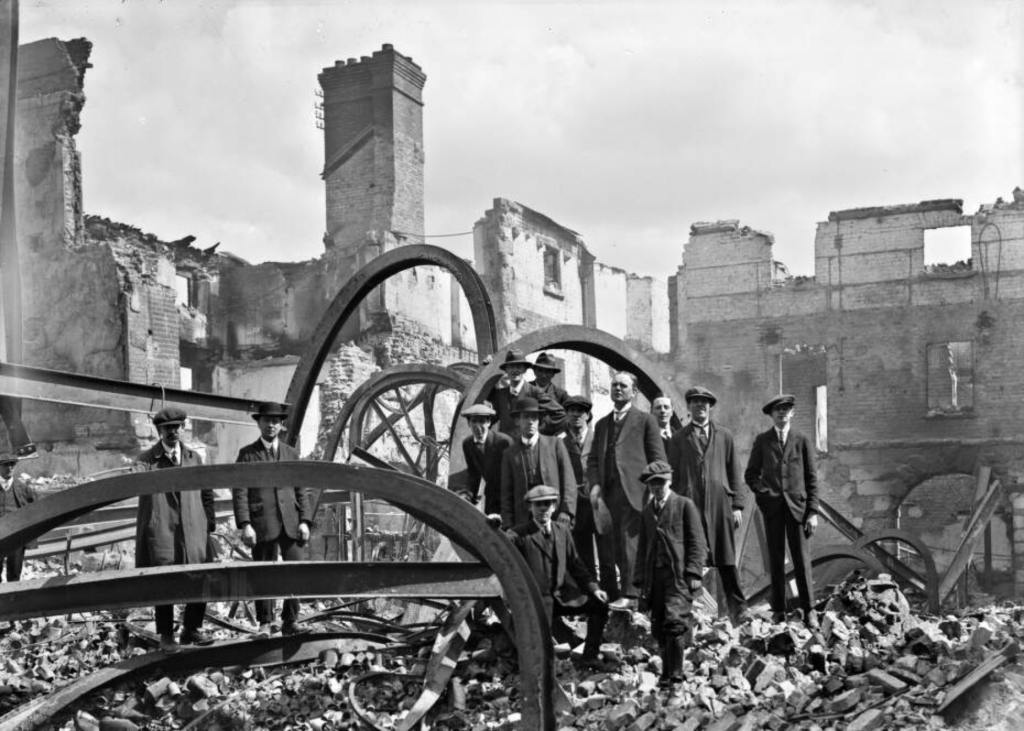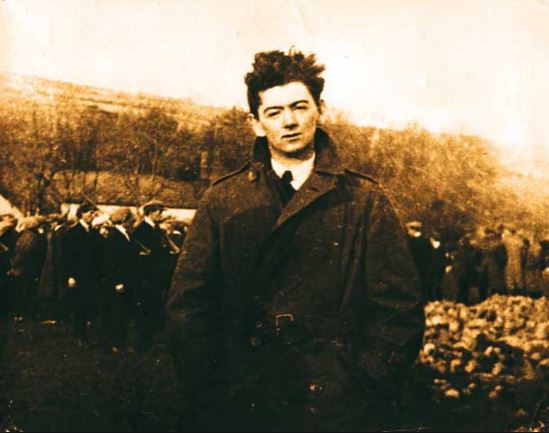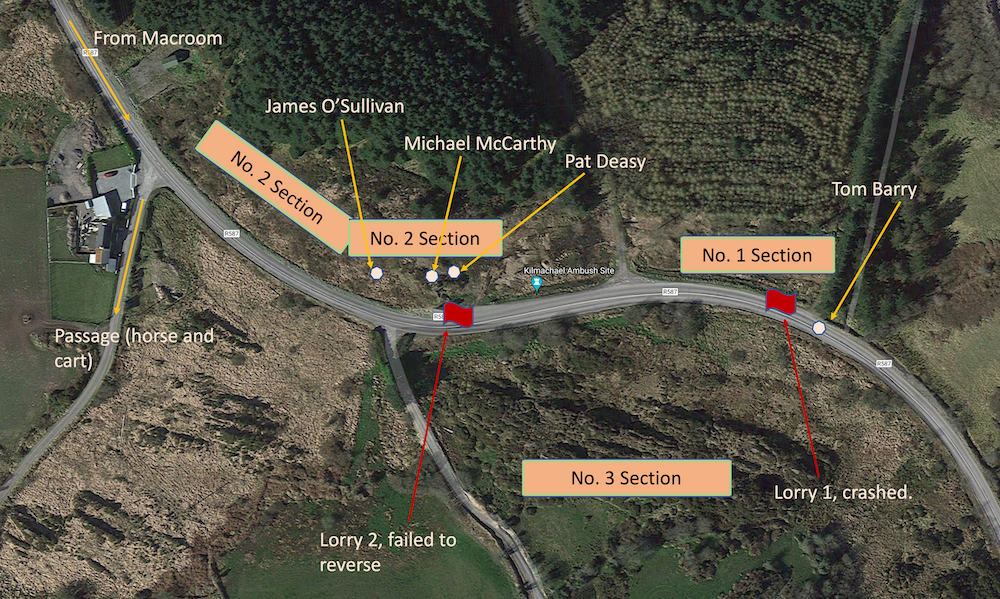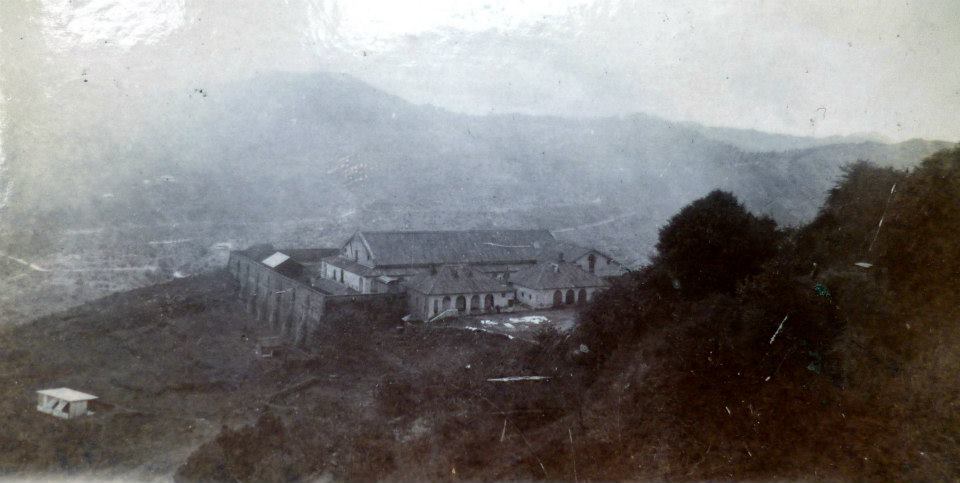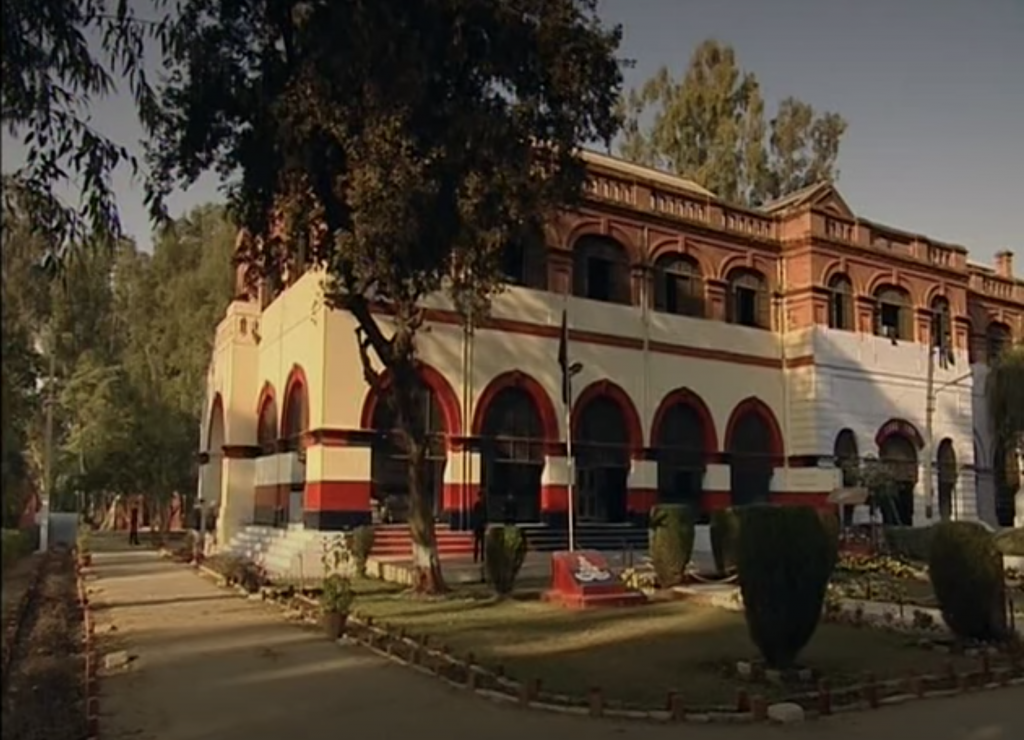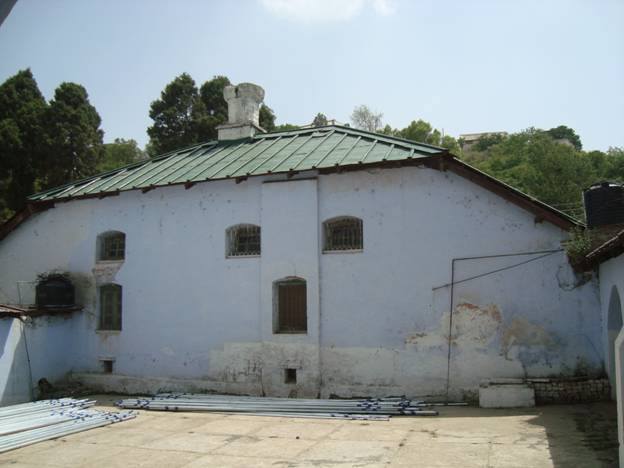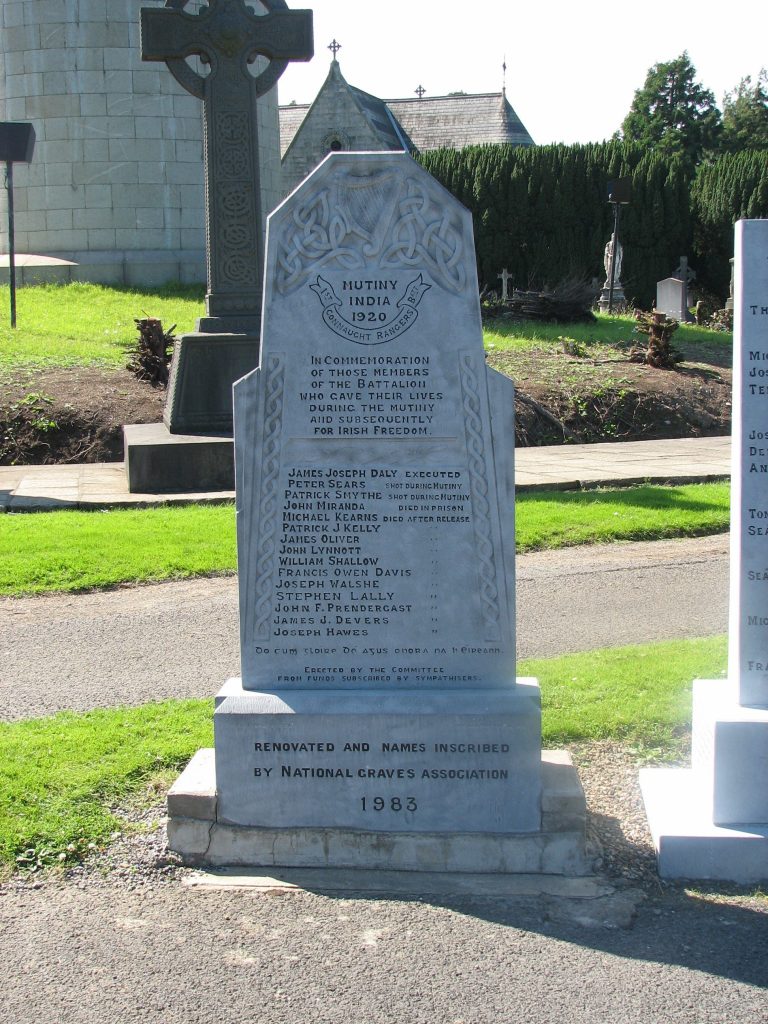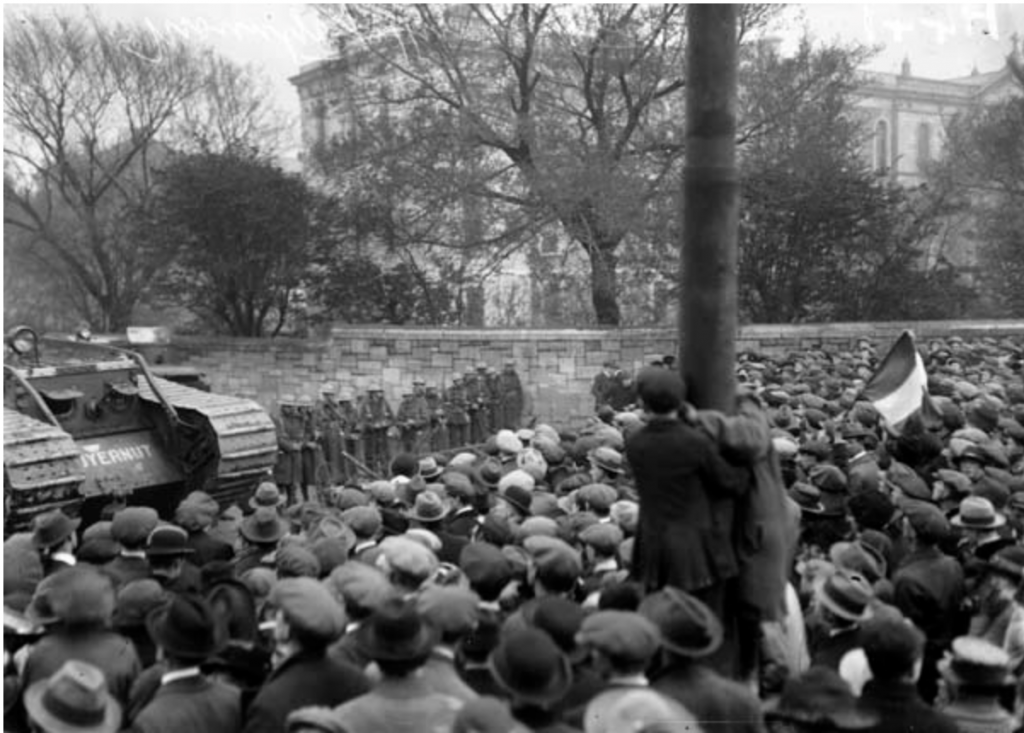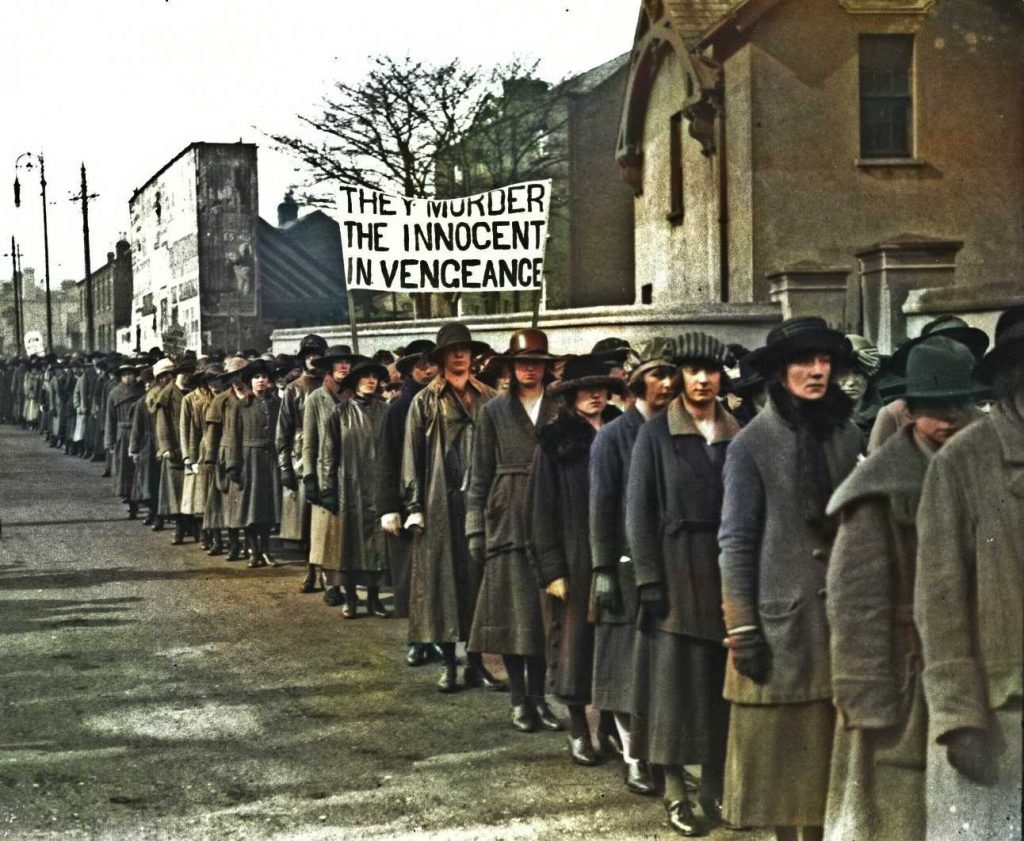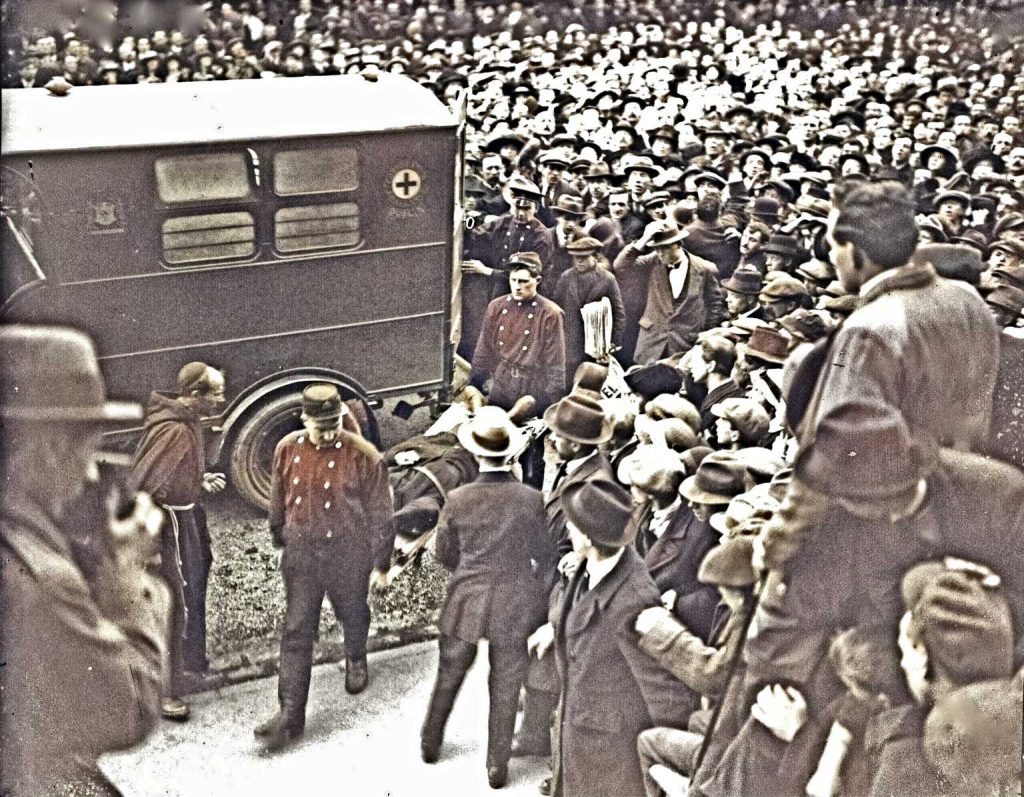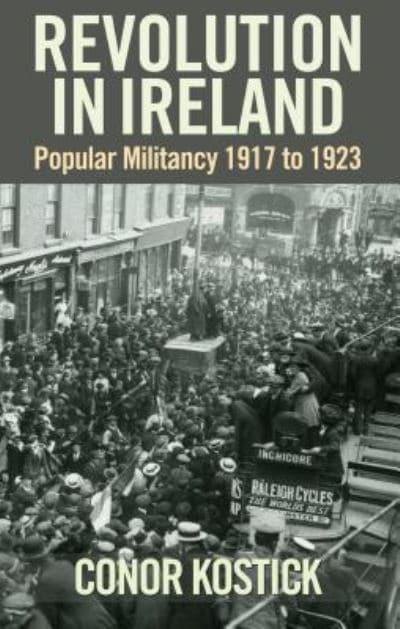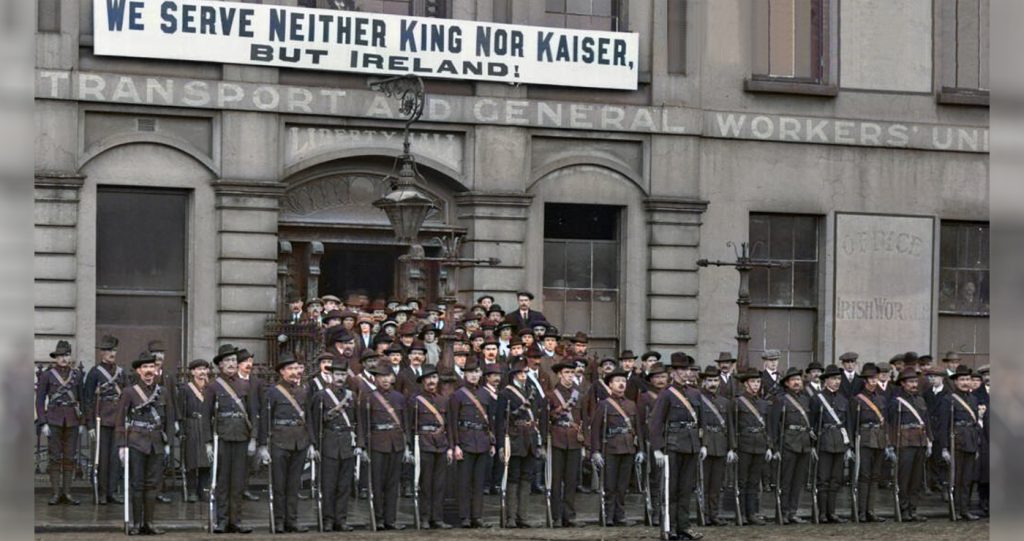
The war in Ukraine is a political earthquake. It has divided the left internationally. I am one of those who believes that the defeat of Russian imperialism by the people of Ukraine is vital for the future of humanity. Either the far-right and authoritarian governments are going to be strengthened or they will be thrown back and Putin toppled.
Does thinking about the conflict through the perspective of James Connolly’s politics help understand it? I believe so and – interestingly – so do those who take a very different approach to the war in Ukraine.
In Ireland the Socialist Workers Network controls a broader party called People Before Profit. The position of the SWN on the war in Ukraine is therefore that of PBP and it is what I have termed evasionist. It condemns Russia but refuses to support Ukraine’s efforts to force Russia to withdraw and prides itself on preventing arms and even anti-mine assistance going to Ukraine. This is because the SWN see the war as an inter-imperialist one, with Ukraine acting as a proxy for US imperialism.
Kieran Allen has written about Ukraine through a lens that purports to be inspired by James Connolly in a feature for the Rebel website, the website of the SWN. I’d like to use the opportunity of this talk to rescue Connolly’s reputation from the harm that Allen does to it. Allen presents Connolly’s thinking on the Great War accurately enough: it was the result of rivalry between the great powers, especially Germany and Britain and the outbreak of war should have heralded a working class rebellion in the cause of internationalism.
The violence to James Connolly’s politics happens because of what is not said. Allen concludes: “Connolly’s message that war is a product of capitalism and that the overthrow of that system is necessary could not be more relevant today.” Well yes, capitalism is bad, it creates wars, and Connolly wanted socialism. But what about the very specific and relevant questions arising out of the occupation of smaller nations by stronger imperial powers. Specifically:
- When those smaller nations fight for independence, should socialists support them?
- Does that support cease if the leadership of the national independence movement is pro-capitalist?
- Does that support cease if the leadership of the national independence movement seek weapons from other imperial powers?
James Connolly and Ukraine: Questions Answered
As soon as you pose these questions instead of evading them, there can be no argument over the answers that James Connolly would and did give to them. One. Yes, socialists are in favour of the right of nations to self-determination and not to be ruled by imperial powers. Two no, that support does not cease if the leadership of the national independence movement are pro-capitalist. In fact, Connolly’s major argument here, powerfully expressed in his book Labour in Irish History is that because Ireland’s elite are bound by a thousand golden threads to the capitalism of the British empire, they will betray the national movement. Not only should Irish socialist fight for independence, they should appreciate that the working class are the class most fit to achieve it. And Three, yes, you should take advantage of divisions among imperial powers to get arms for the national movement of an oppressed nation.
On this last point, I just want to emphasise how far Connolly was prepared to go to get military assistance from Germany, whilst retaining his opposition to all empires including the German one. Germany allowed the sale of 900 rifles and 29,000 rounds of ammunition to the Irish volunteers in 1914, brought to Ireland on a yacht, The Asgard. In 1916, Germany sent a ship, The Aud, with 20,000 rifles, 10 machine guns and a million rounds of ammunition to the west coast of Ireland. Roger Casement, the negotiator for the volunteers, was brought to the same area by U boat. These were welcomed by Connolly, who also forwarded to the readers of his Workers Republic, letters from leaders of the Irish Brigade, which was being trained in Germany.
Of course Connolly had political opponents who he knew would condemn him for dealing with Germany and approving of German assistance. The same kind of socialists who say they are against all capitalist powers and that to support Ukraine is to support NATO. He therefore had a huge banner made to make it absolutely and unmistakeably clear that you could take advantage of German willingness to promote rebellion in Ireland without supporting German imperialism: We Serve Neither King Nor Kaiser but Ireland.
I’m confident therefore, especially given the many similarities of history in the relationship between Ukraine and Russia and Ireland and Britain that Connolly would be on the side of Ukraine’s workers in their resistance to invasion, their willingness to use whatever weapons they can obtain and to fight alongside Zelensky, even while making the point that the fight would be more effective without neo-liberal policies holding it back.
My last point is one of method. Connolly had a simple but powerful way of assessing where he stood in novel situations. He started by listening to those affected. As he put it in 1915 after engagement with the nascent women’s movement in Ireland, None so fitted to break the chains as they who wear them, none so well equipped to decide what is a fetter.
Connolly gave voice to the working class and the oppressed more generally. The truly shocking evasion is that in over 500 days of the invasion not one voice from Ukraine has appeared on the websites of SWN or been articulated by the politicians of PBP. This is in stark contrast to Connolly’s approach to politics. Even if he disagreed with an opponent, he’d present their views, in order to swipe at them with relish. He was a master polemicist and very funny too. I believe Connolly would have sided with the Ukrainian left and helped working class refugees find their feet in Ireland, as he did for Jewish workers at the turn of the century. But let’s suppose he had a disagreement with them, it’s impossible to imagine him carrying out the cowardice and deception necessary to pretend that the millions of Ukrainian trade unionists, feminists, socialists, anarchists, etc. are not fighting as hard as they can to get the Russian rapists out of their country. To suggest Connolly would have ignored the Ukrainian left in the name of a vague opposition to capitalism is where the real violence to his legacy happens.
This feature arose from a talk I gave to Workers Liberty‘s conference Ideas For Freedom on 15 July 2023. Thanks to the organisers for the invitation.
If you agree with this view of James Connolly and Ukraine, please consider joining Independent Left and / or signing up for our emails.


